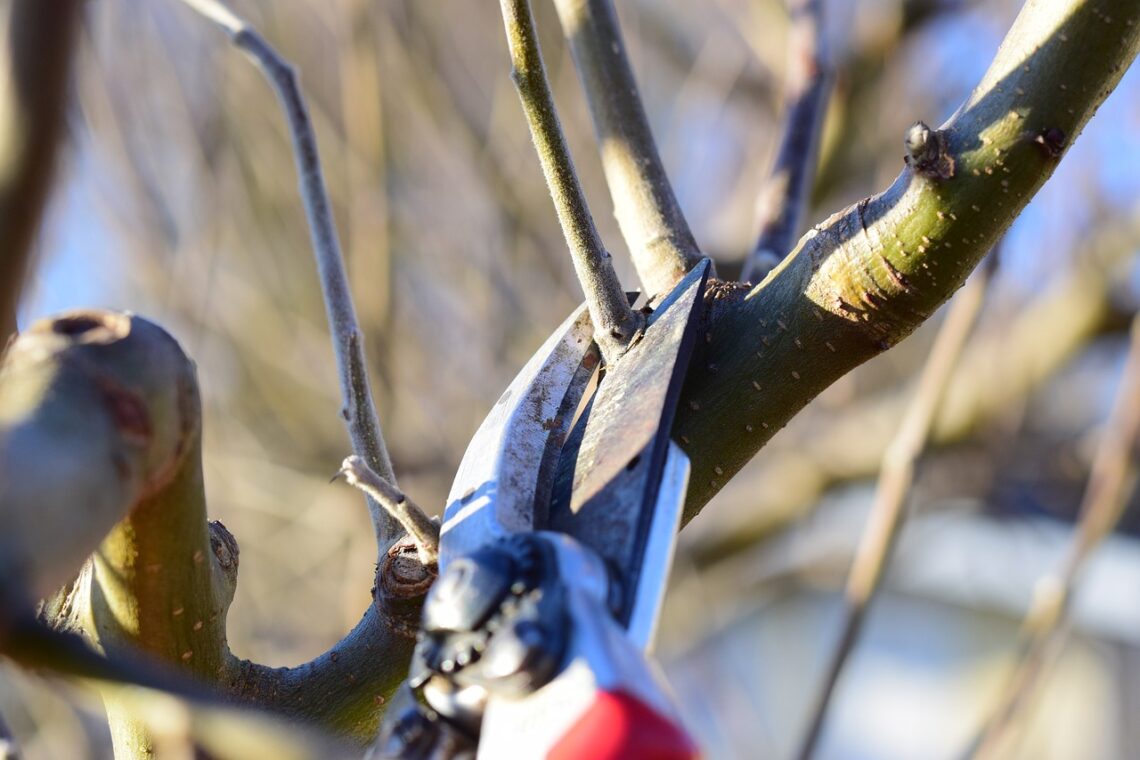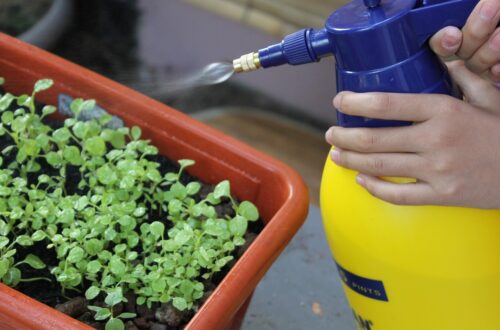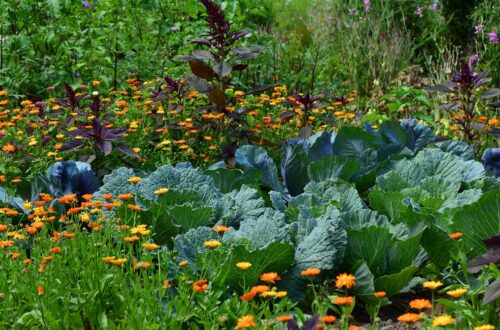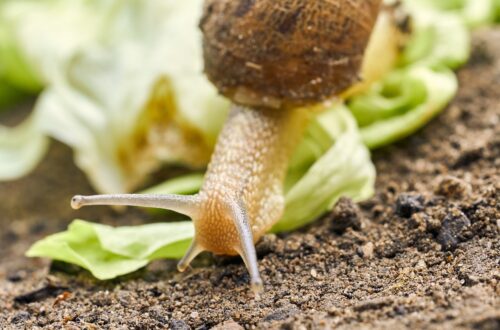Tackling these spring gardening and yard clean up tasks will help your plants grow even better!
When I first started gardening, I was never quite sure when to perform certain garden tasks:
- Should plants be pruned in spring or fall?
- When is the best time to mulch?
- And when do you put out hummingbird feeders exactly?
Over the years, I’ve found a gardening rhythm that works for me and so I put together this little spring gardening checklist to help beginning growers make sense of spring gardening. Depending on the size of your garden and the plants you’re growing, not all of these landscaping clean up tasks may be necessary for you. But you may want to keep them in mind as your garden and plants grow!
Affiliate disclosure: As an Amazon Associate, I may earn commissions from qualifying purchases.
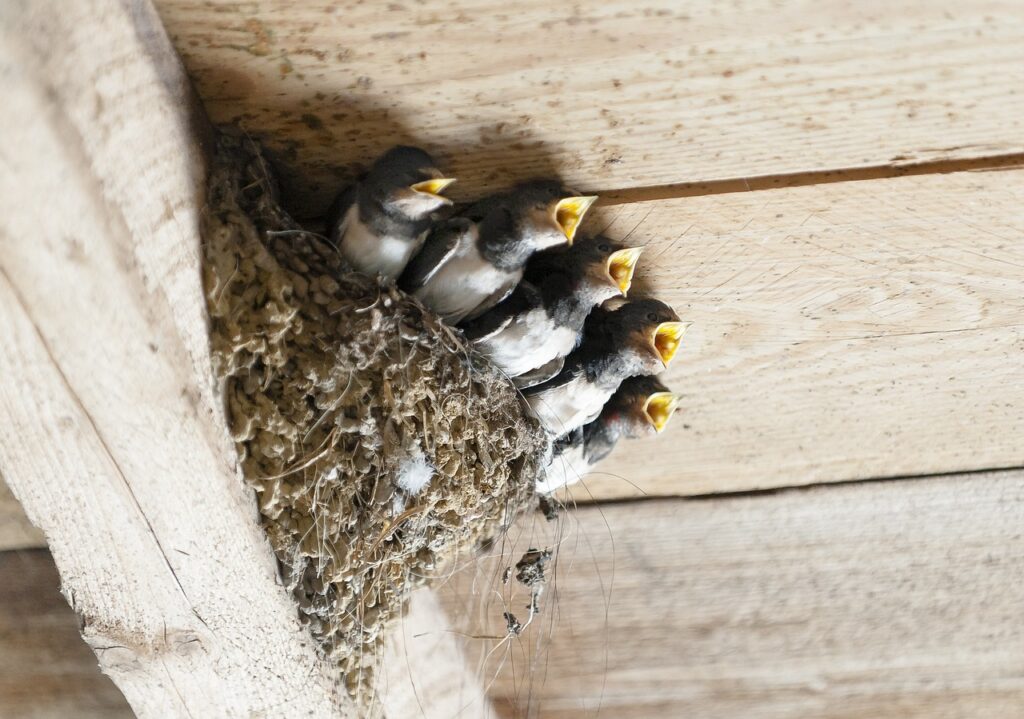
22 Garden and Backyard Clean Up & Care Tasks for Spring
Plants need different care at different times of the year and performing certain gardening tasks at the wrong time can cause damage to plants… and even affect pollinators. For instance, many beneficial insects and pollinators hibernate in flower beds during winter and cleaning up flower beds too early in spring can disturb slumbering bees. Pruning certain plants in spring can also snip away flower buds and impair blooming… and no one wants that!
While getting used to the ebb and flow of nature can take a bit of time, keeping track of essential gardening tasks in a notebook or on your computer can help you remember what to do when. I scribble in some of the more important gardening tasks on my calendar and I also keep a little spreadsheet from year to year where I jot down notes of what’s going on in my garden during the different seasons. This helps me know if my gardening habits are working or if a change is needed.
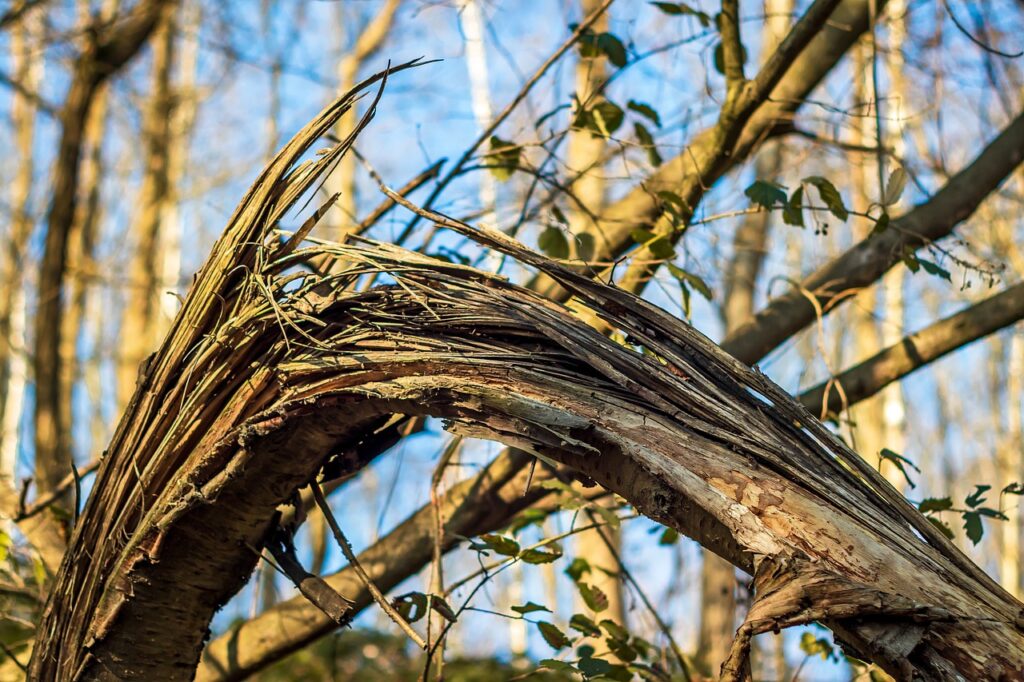
1. Do a thorough inspection.
Once the snow melts, take a walk through your garden and notice if anything needs special attention or repair. See if your gutters need cleaned, if plants sustained winter damage or if your garden walkways look messy. Keep these tasks in mind as you plan out your spring gardening “to-do” list.
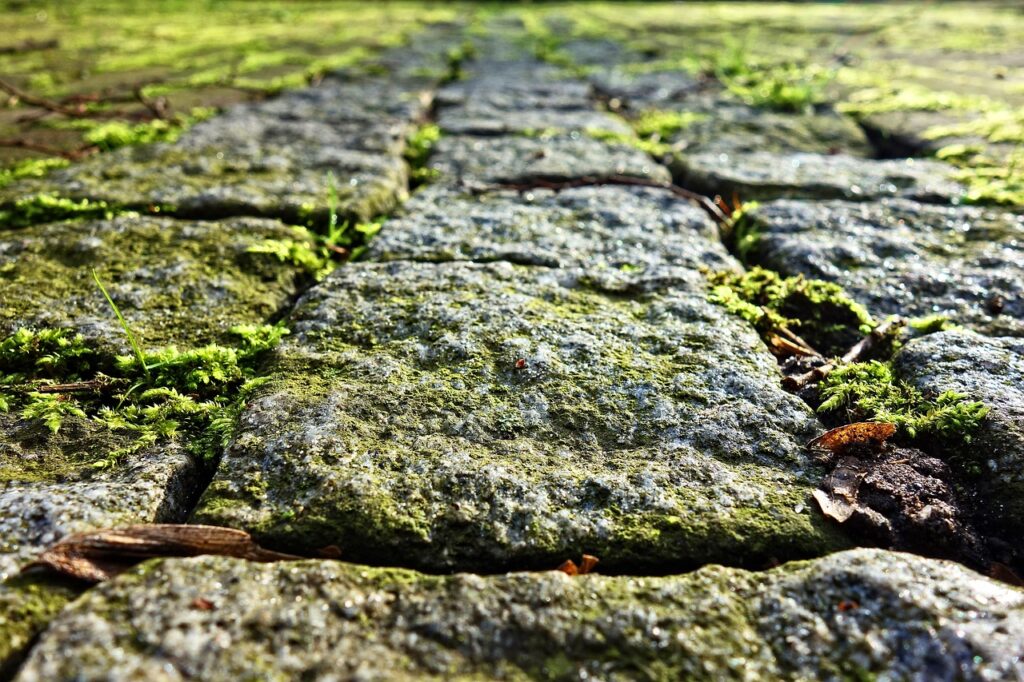
2. Repair hardscape elements.
After you’ve assessed any winter damage, get to work cleaning up the hardscape elements in your garden and yard. Some years, I need to power wash the deck or right stones in my walkways. Fixing those broken and messy bits will make your garden look much fresher!
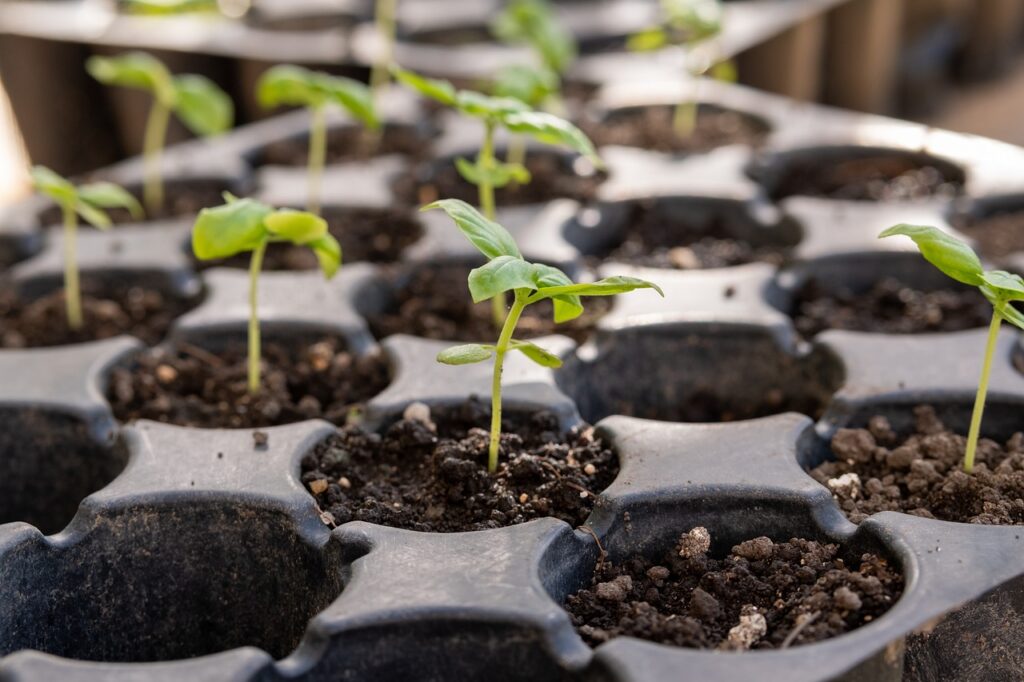
3. Start indoor seeds.
If you haven’t already… start your indoor seeds! Most indoor seeds are started in March, but some slow growing plants are started in February and some fast growers are started in April. By the time your garden warms up, your new vegetable, herb and flower transplants will be ready to go.
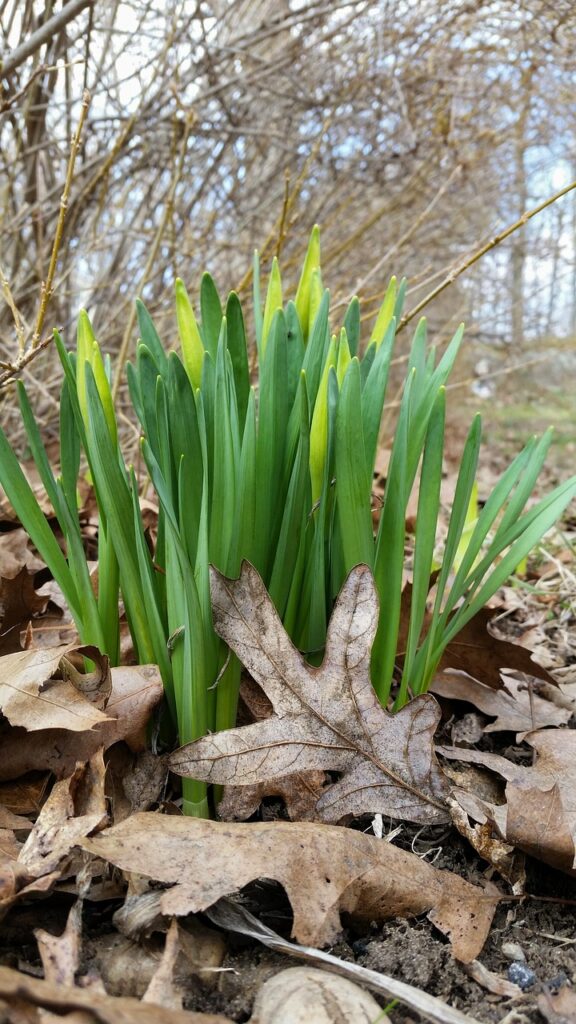
4. Clean up flower beds… slowly!
I get pretty antsy about flower bed cleaning because I want my garden to look nice and tidy in spring. But I am working on my spring gardening patience and I always delay cleaning up flower beds for as long as possible.
Beginning to clean up yard debris too early in spring (or in autumn) can disturb native bees and other beneficial insects who use fallen leaf litter for shelter during winter. To avoid this, wait until plants start to leaf out and temperatures are consistently above 50F to start flower bed cleanup. That way, beneficial insects will have plenty of time to wake up and start buzzing about!
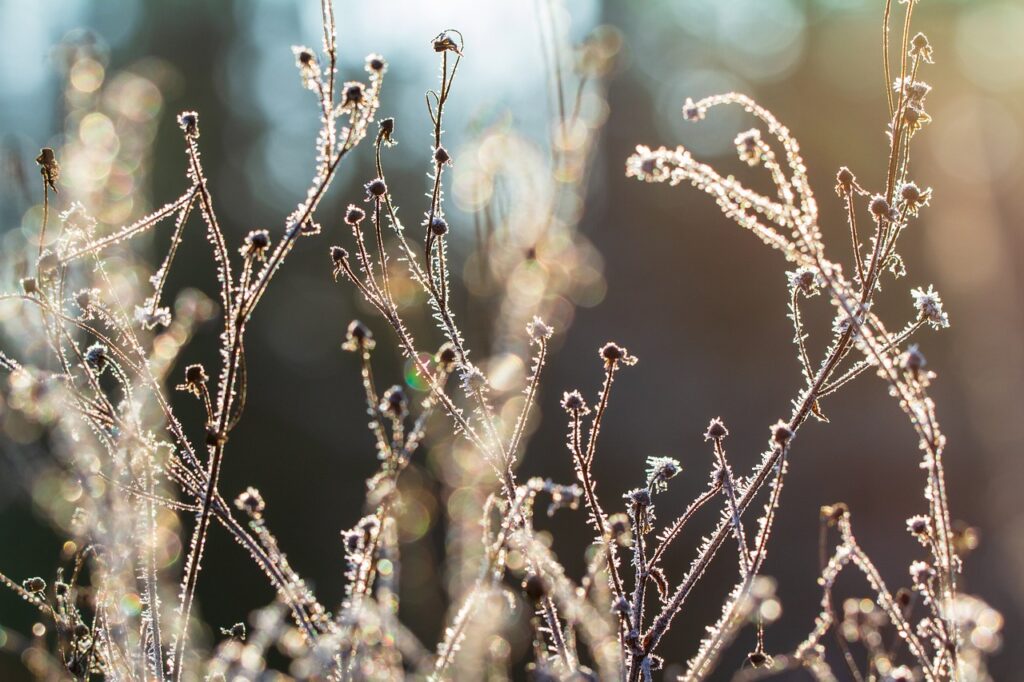
5. Install season extension products.
If you live in a cold area, consider installing some cloches and grow tunnels in your vegetable garden in early spring. These structures help to insulate plants and protect young seedlings from frost. But best of all, they allow you to plant seeds and seedlings outdoors potentially weeks earlier than you normally would!
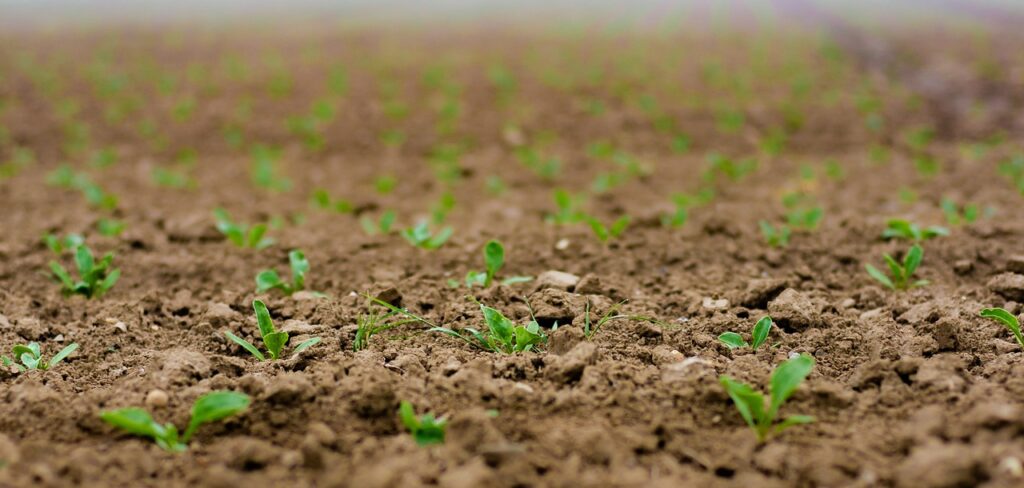
6. Direct sow outdoor seeds.
Cold hardy seeds, like radishes, carrots and kale, can be planted outdoors as soon as the ground is workable. More cold-sensitive plants may also be able to be directly sown outdoors in spring if you use season extension products, like grow tunnels. Just keep in mind that some plants, like tomatoes and other nightshades, don’t tolerate cold temperatures one bit and they shouldn’t be planted outdoors until temperatures are consistently above 60F.
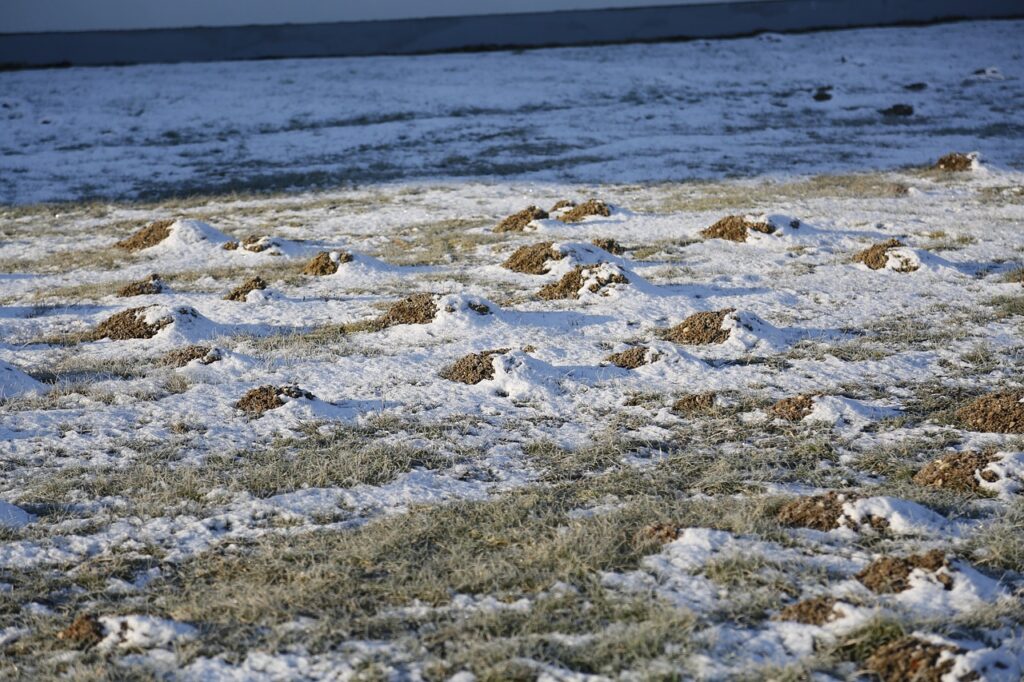
7. Check for rodent damage.
Voles and other rodents may leave tunnels in your grass or nibble on drip irrigation systems. Spring is a good time to check for these issues, repair broken drip lines and smooth out lawn tunnels.
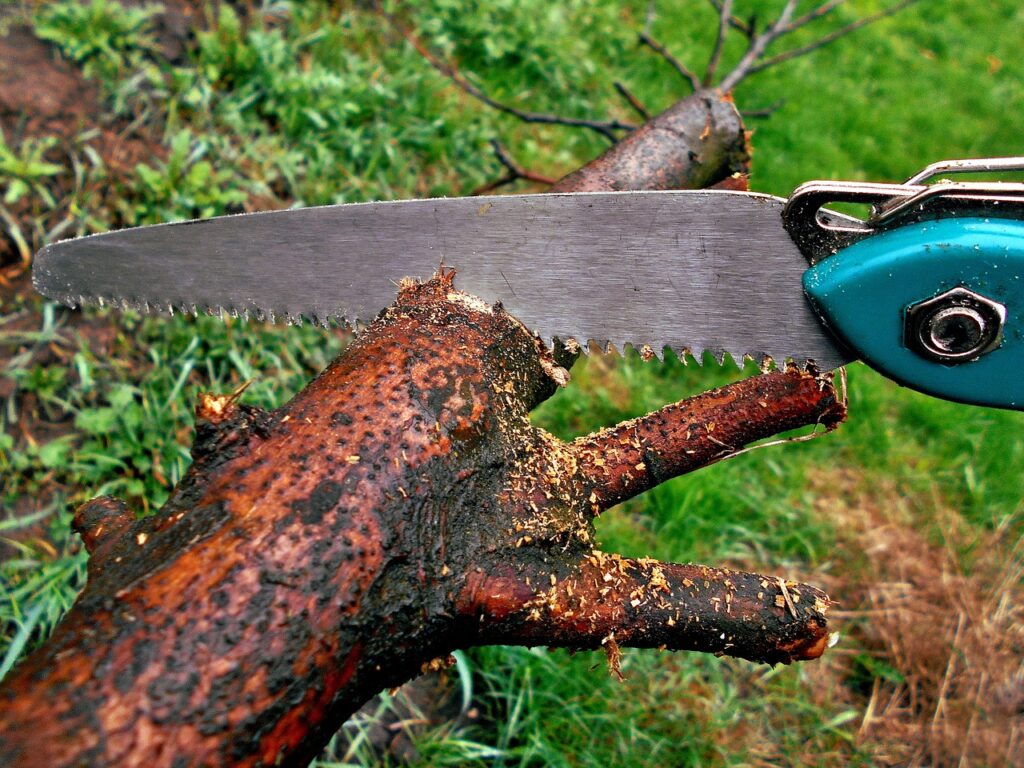
8. Remove damaged branches.
Not all plants do well with spring pruning, but if any trees or shrubs sustained winter damage, you’ll want to trim away those broken branches as soon as possible. Leaving damaged branches dangling can be dangerous to humans, but drooping branches can also tear away bark and damage plants even further. However, if you happen to have a tree snag in your yard, consider leaving it in place (if it’s not a fall hazard) as snags provide important habitat for wildlife!
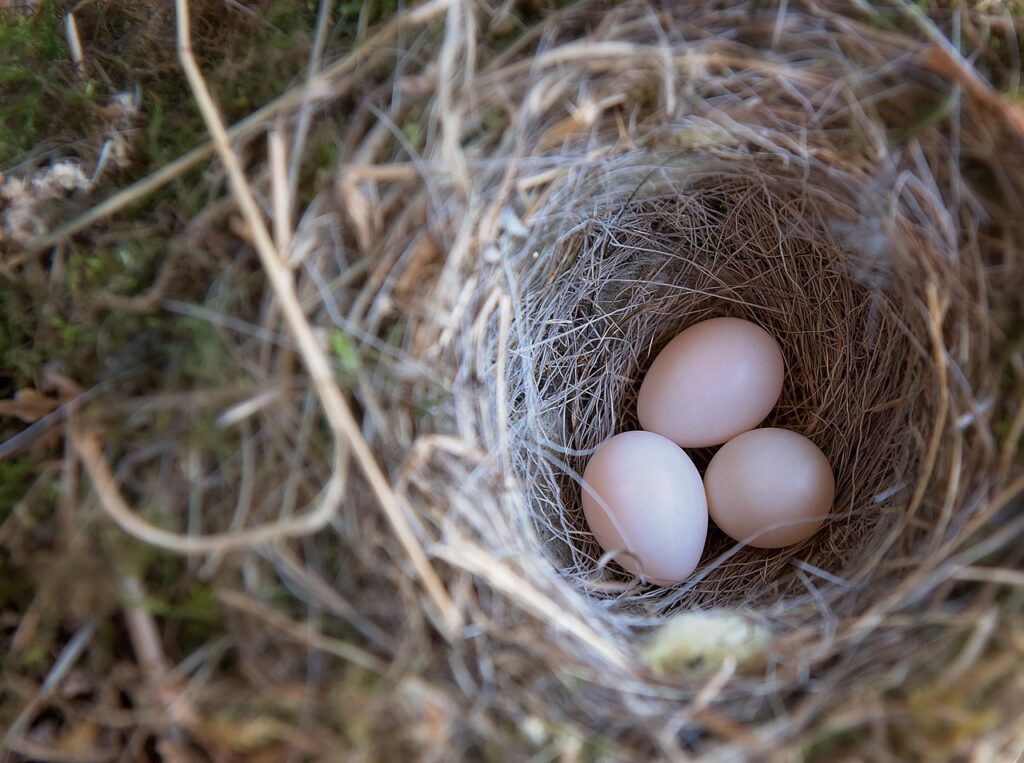
9. Clean out bird houses.
Late fall is the best time to clean out bird houses, but you can also clean out bird boxes in spring if you forgot to do it earlier. Just be sure to get your cleaning done before birds start nesting, and skip using soap or scented cleaners, which can harm birds. Instead, clean out messy bird boxes with a stiff wire brush and a 5% bleach solution if the box is really dirty!
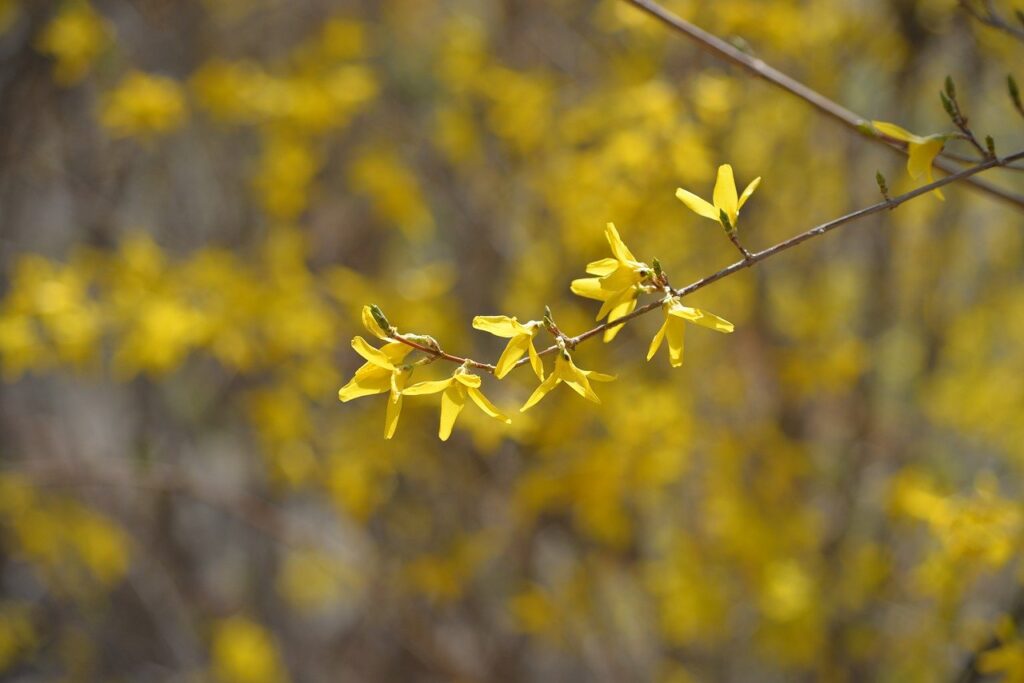
10. Prune certain plants.
Plants that bloom in spring (like forsythia and lilacs) generally shouldn’t be pruned until after they’re done flowering as premature pruning can remove flower buds. However, plants that bloom in late summer to autumn can usually be pruned in spring. For example, plants like dogwood, ninebark and winterberry usually respond well to pruning in early spring while they’re still dormant.
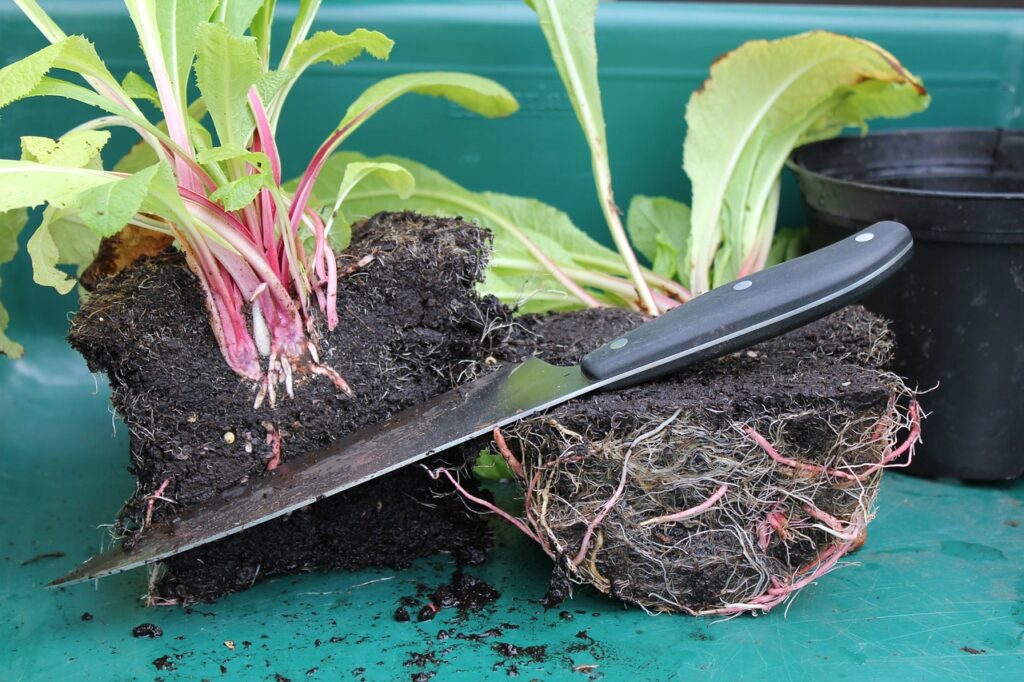
11. Divide perennials.
Dividing perennials is a great way to get more (FREE) plants for your garden. Many perennials can be divided in spring or fall, but it’s best to research your particular plant to determine the best time to divide them. Dividing roots while the weather is still cool usually yields excellent results as plants will be less likely to suffer from heat and transplant stress.
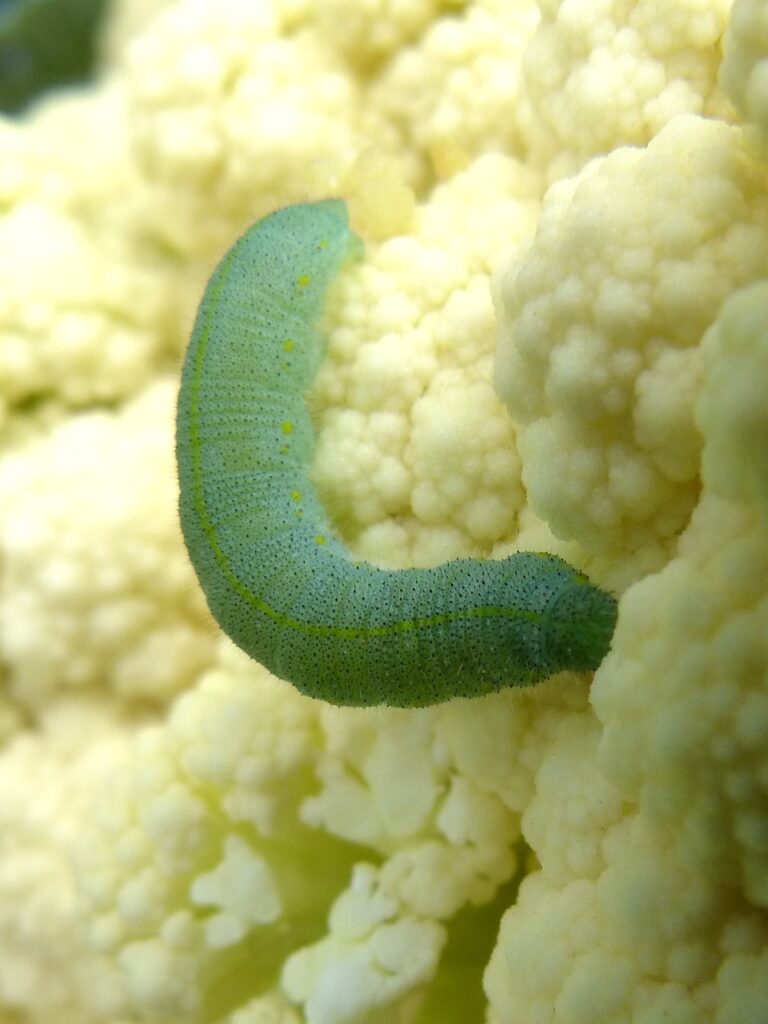
12. Add row covers.
If you’re growing plants that insects love (*cough, cough* brassicas), get ahead of pest activity by installing floating row covers at the beginning of the season. These lightweight fabric coverings shelter plants from cabbage loopers and other pests, and they also double as season extension products! Adding row covers after you see pests isn’t advised as pests will already have a stronghold and be harder to deal with.
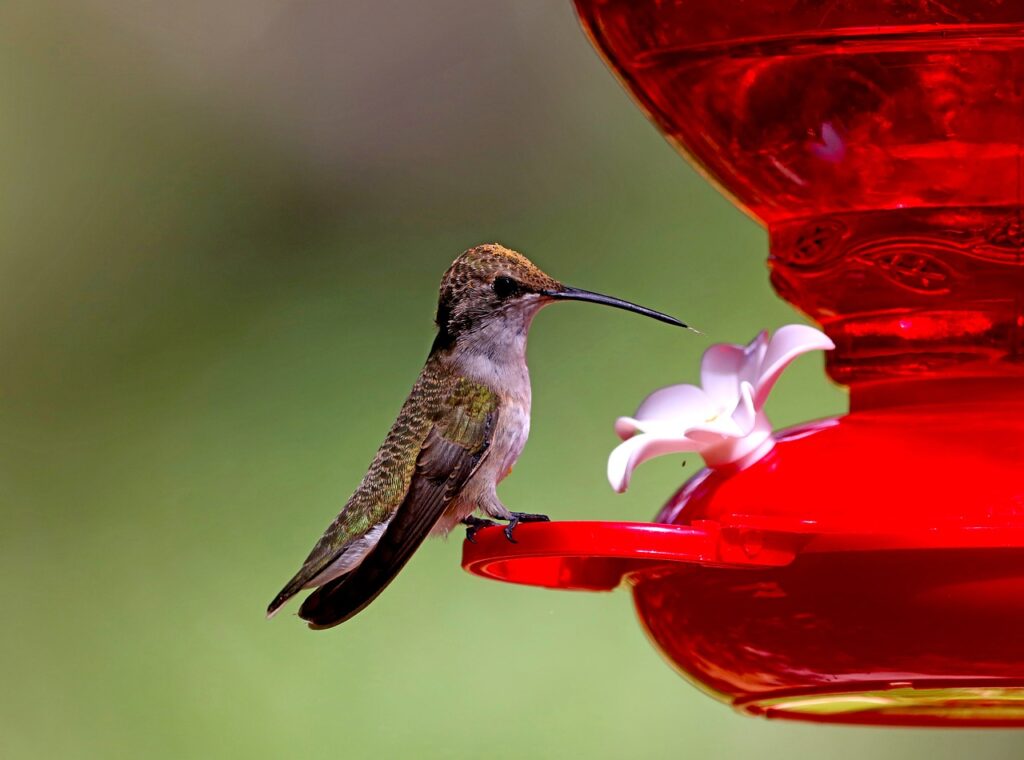
13. Hang up hummingbird feeders.
In most areas of North America, hummingbirds head south in winter and move north as temperatures rise. When hummingbirds will arrive in your area will depend on where you live, so do a bit of research to determine the best time to put out feeders. With changing climate patterns, hummingbirds sometimes arrive in gardens before or after their favorite flowers have bloomed, but nectar feeders will provide a ready source of food until more flowers appear.
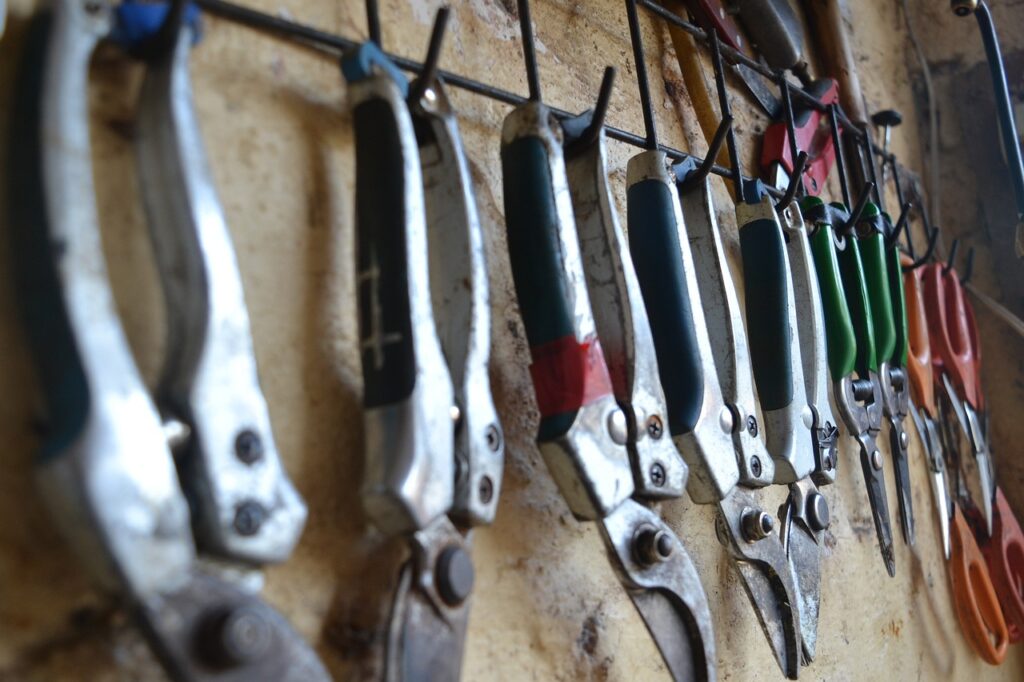
14. Clean up garden tools.
Shovels, rakes and hori-horis can get messy over time and even develop spots of rust. Tidying up tools in spring with soap and a stiff brush will ensure your tools are ready to go when you need them. If needed, you may also want to sharpen pruners and clean off rust by soaking tools overnight in vinegar and scrubbing tough spots away with steel wool.
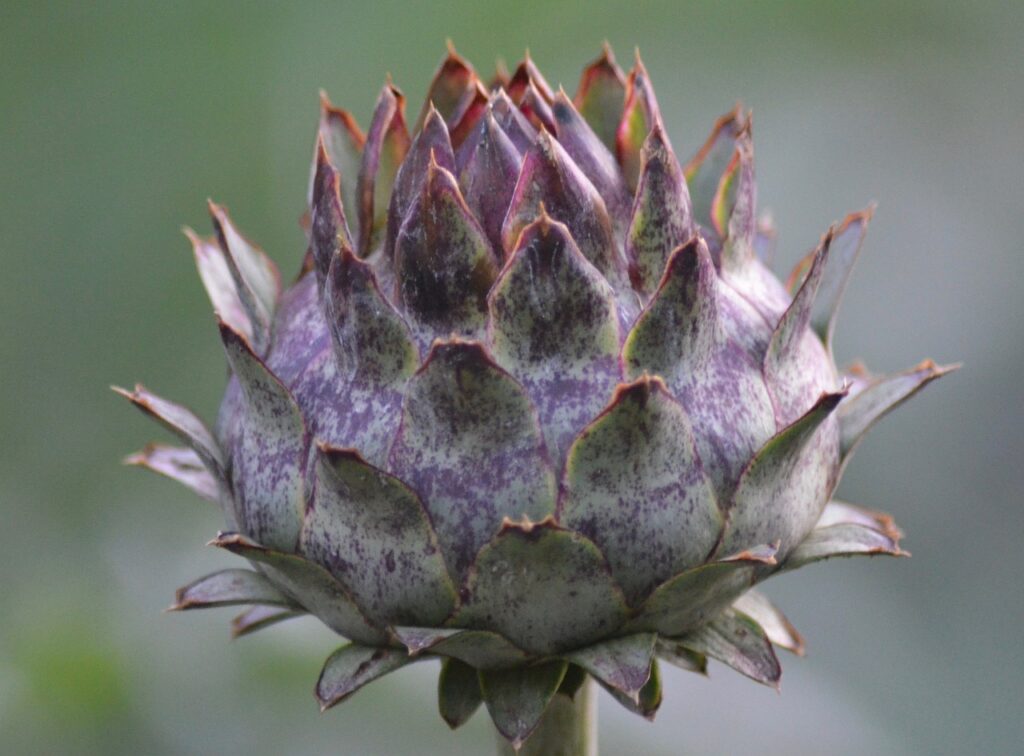
15. Do some planning.
Do you want to add a new flower bed or extend your vegetable garden? Use those quiet spring nights to do some gardening planning! Personally, I extend my flower and vegetable gardens a bit every year to reduce the amount of grass in my yard and I always grow at least one new plant for fun-sies.
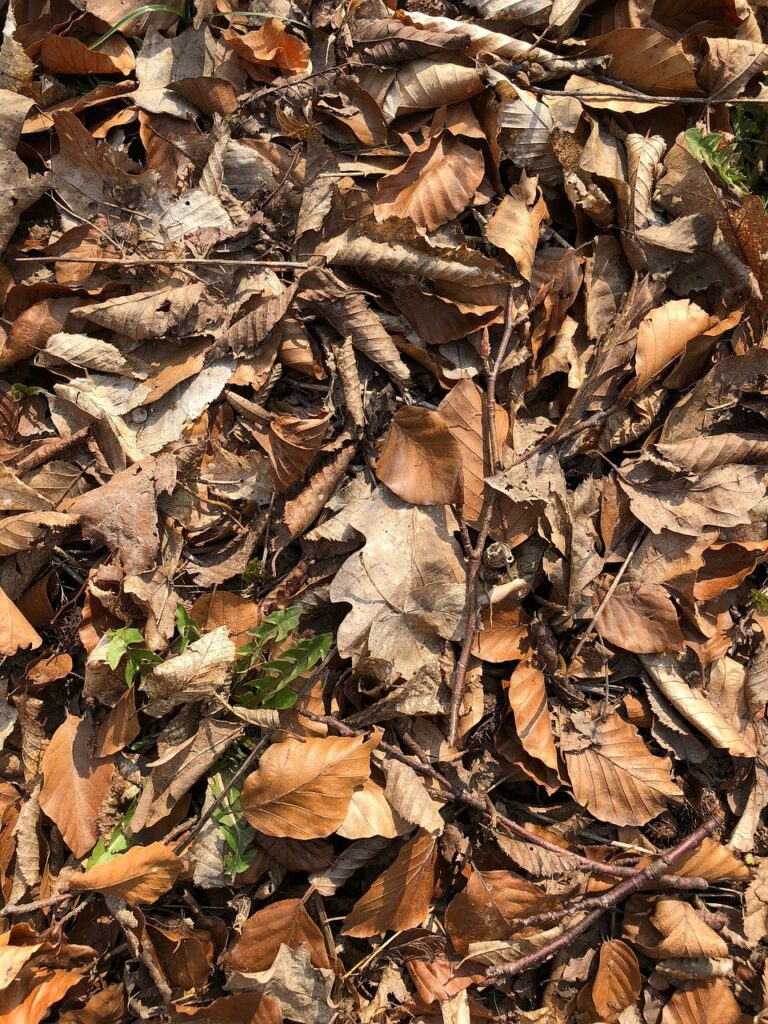
16. Freshen up outdoor compost piles.
Outdoor composting slows to stop in winter in cold areas, but compost piles start working again once the weather warms up. Give outdoor compost piles a jumpstart in spring by turning them over as soon as they’re workable.
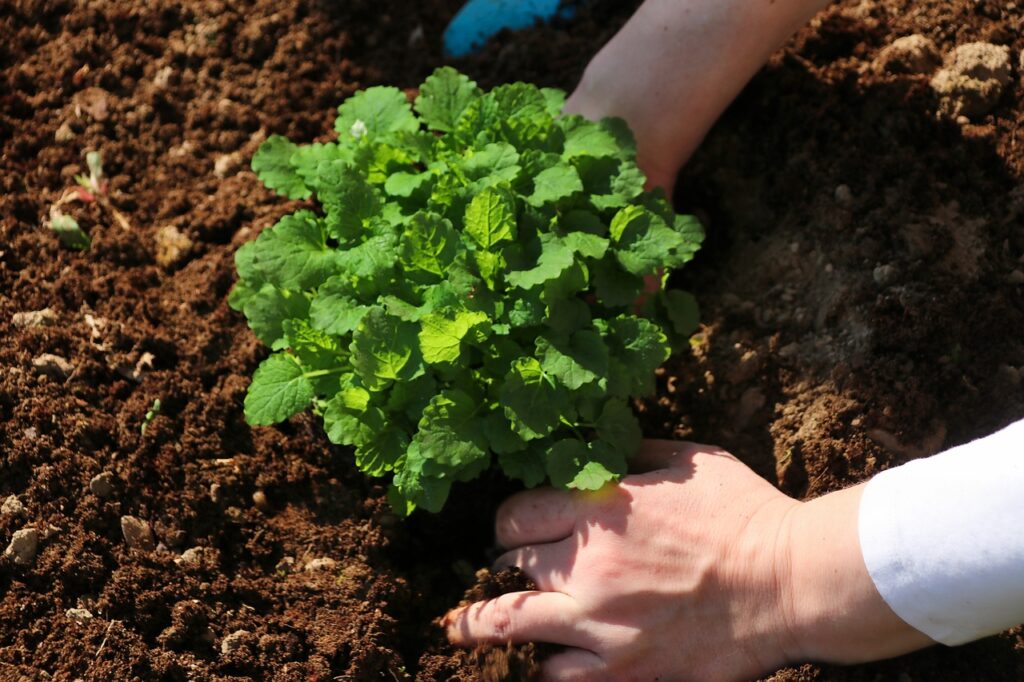
17. Plant new perennials, shrubs and trees.
Spring isn’t just a time for planting seeds… it’s also the perfect time to add new plants to your garden. With cool temperatures and abundant rainfall, new plants will settle in much quicker at this time of the year. Just be warned that some flowering perennials may not bloom until the following spring.
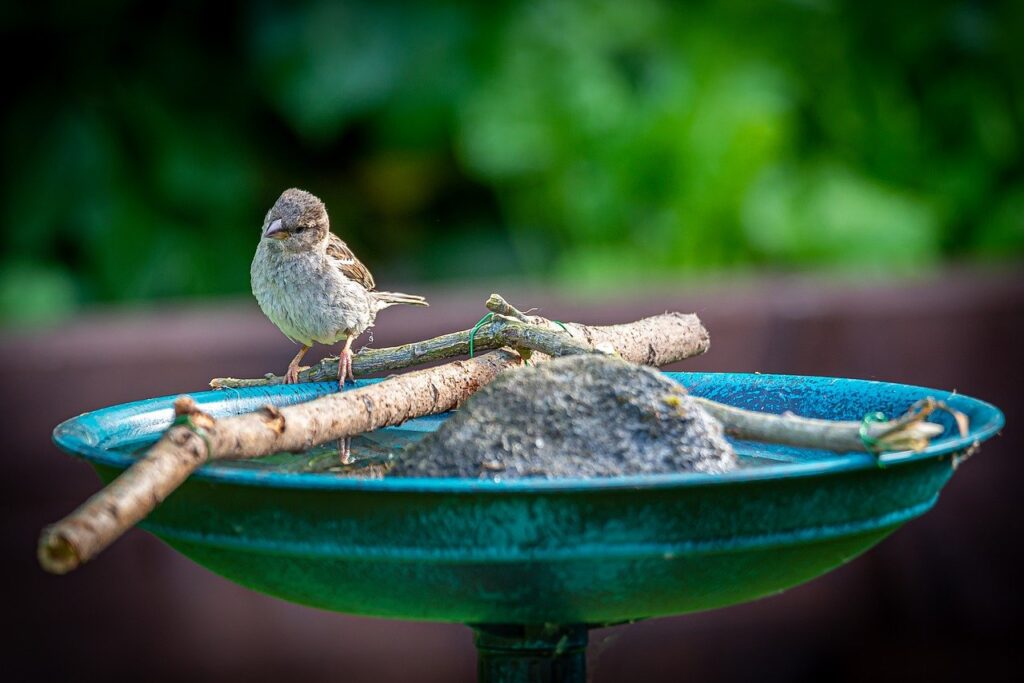
18. Set up bird baths.
If you stowed your bird bath away for the winter months, bring it out now and give it a deep clean with a stiff brush and a 10% diluted bleach solution. Once temperatures start rising, you shouldn’t need to worry about concrete bird baths breaking in the cold weather. To boost bird visitors, place bird baths in a shady spot near trees or shrubs!
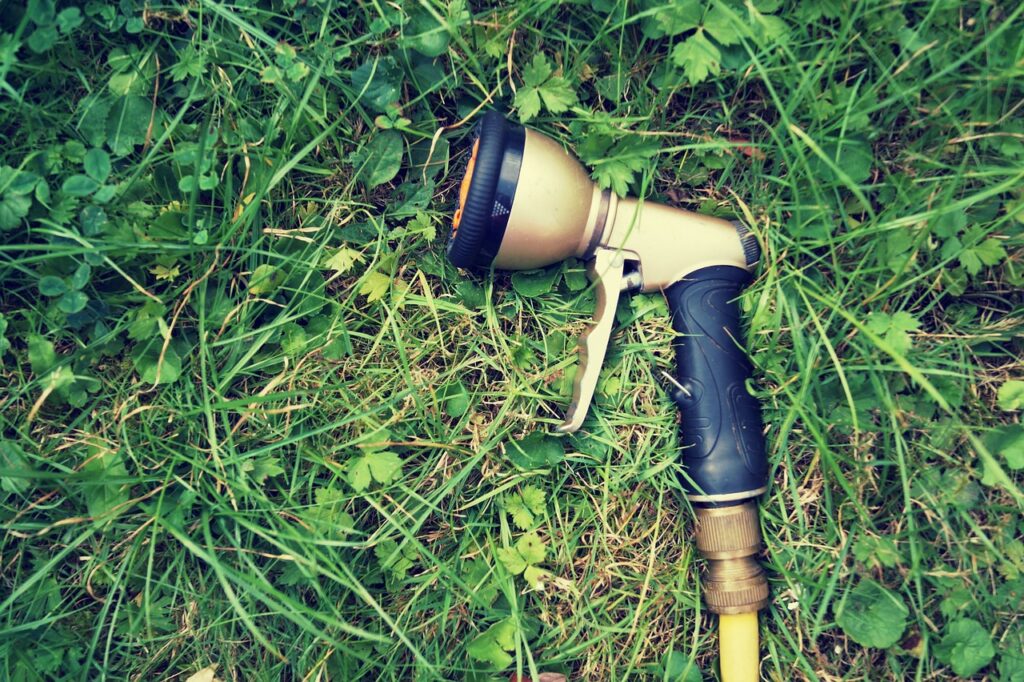
19. Hook up drip irrigation systems.
Drip irrigation systems and hoses are often disconnected and drained in fall to keep them from freezing. But now that winter is a distant memory, feel free to reconnect those hoses and drip lines and bring your drip line timer back outdoors!
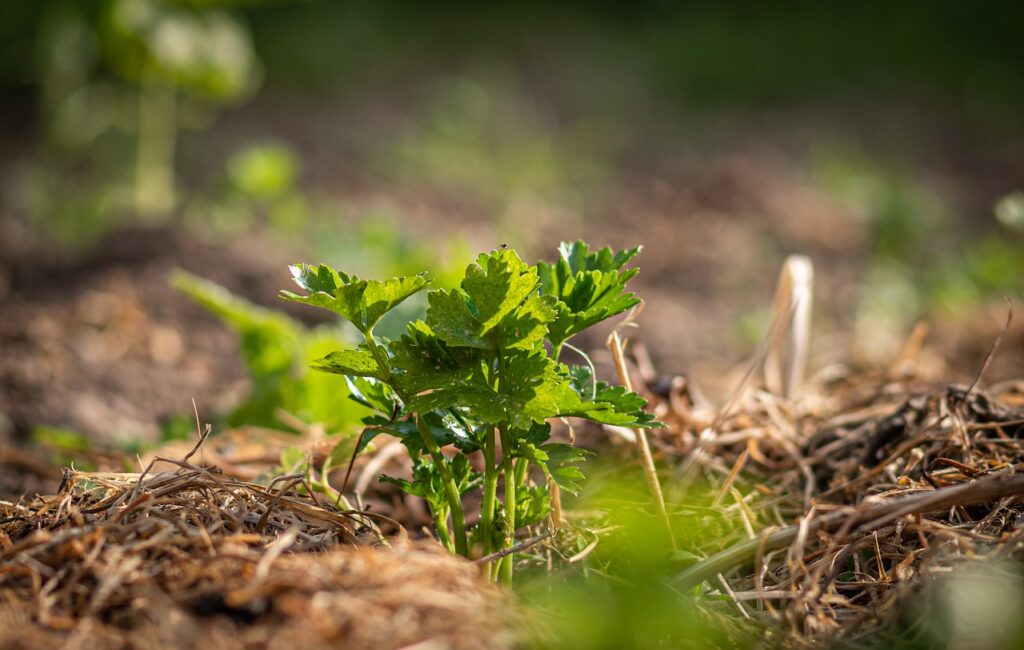
20. Freshen up mulch.
Garden beds are usually mulched in either spring or fall, but I prefer to mulch in spring since it keeps my mulch looking fresh throughout summer. Mulch keeps weeds out of garden beds, but it also shields soil from the elements and provides extra nutrients to plants as natural mulches break down. Wood and bark mulches are popular for ornamental gardens, but compost and pine needle mulches are also common and even more eco-friendly!
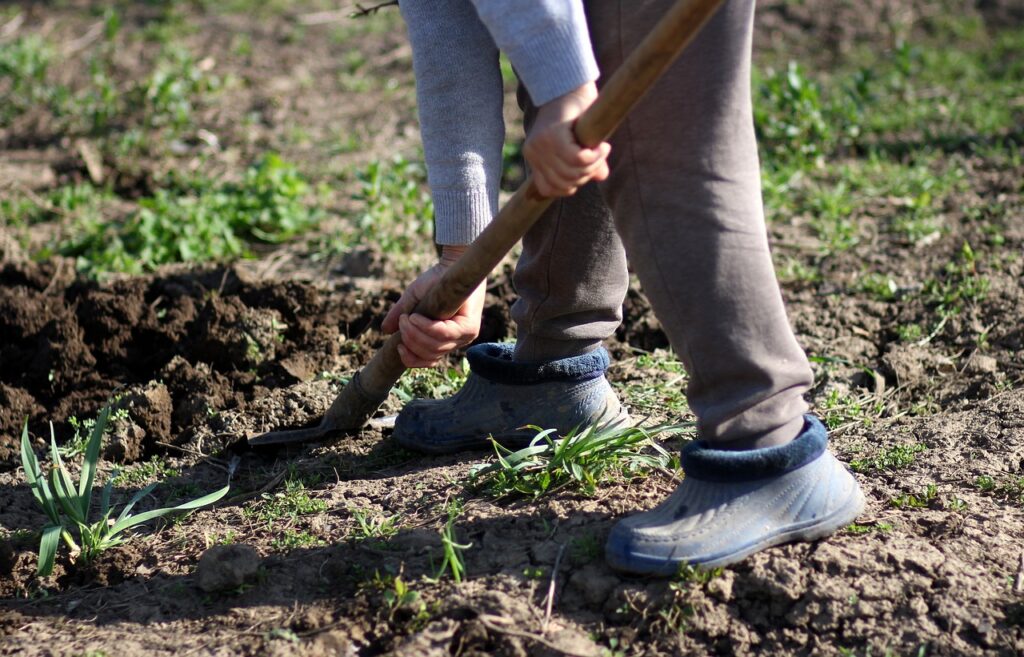
21. Add compost.
Compost doesn’t just act as a mulch… it’s also one of the best soil amendments around and it provides a slow release of nutrients to plants as they grow. Compost can be mixed into garden beds in spring before planting, or you can add compost to gardens as a side dressing or top dressing. For even more options, try adding a bit of compost to planting holes before sowing seeds or new plants!
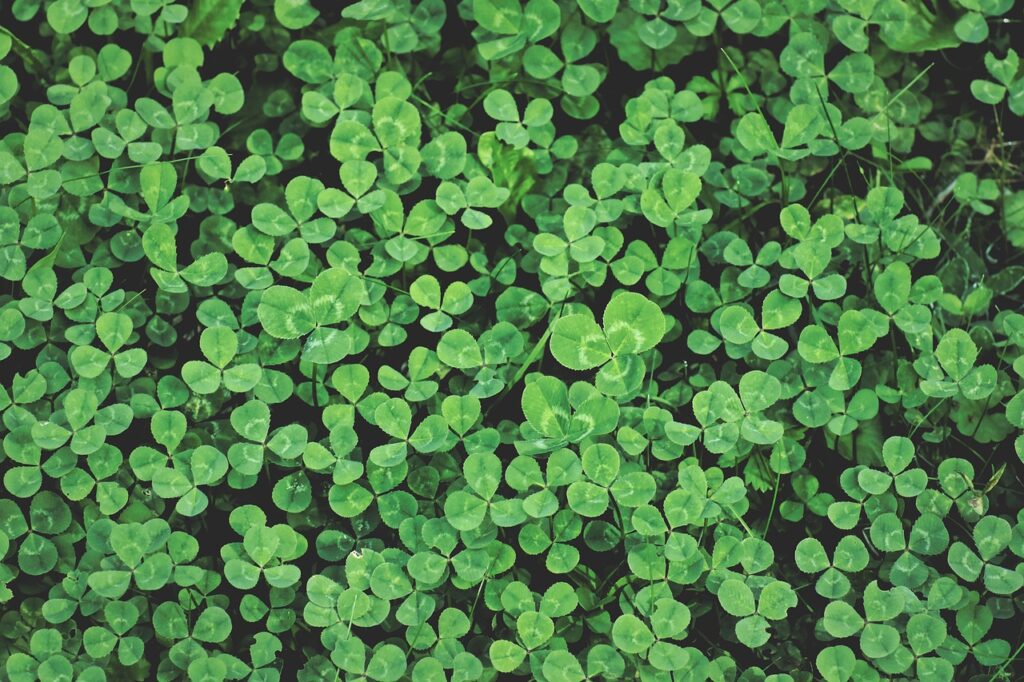
22. Plant clover.
Fancy an alternative lawn that doesn’t need as much water or maintenance as turf grass? Try planting some clover! Dutch white clover and microclover are the most popular choices for lawns and they grow best when they’re planted in mid-spring when temperatures are warm and rain is plentiful.
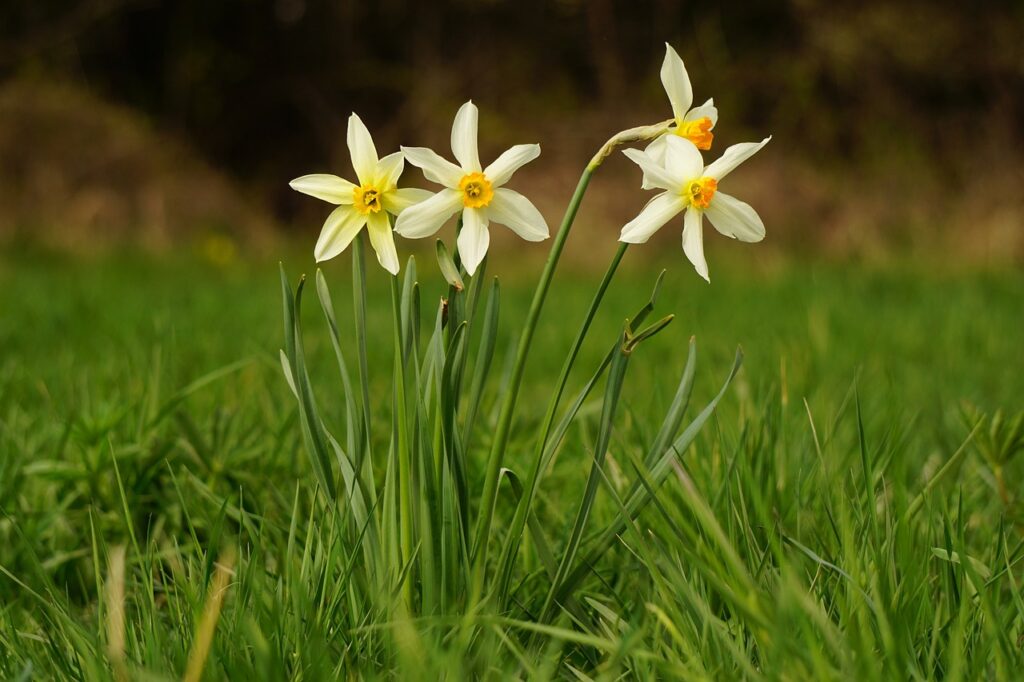
Frequently Asked Questions About Spring Cleaning Gardens
When should I start spring garden cleanup?
Spring garden cleanup often begins in early spring when some dormant plants are pruned. However, it’s best to wait until temperatures are consistently above 50F to start cleaning up garden beds. That way you’ll avoid disturbing pollinators and beneficial insects hibernating beneath old leaf litter.
How do I clear my garden debris?
Rakes work well for large areas, but hand rakes and leaf scoops are handy for tighter spots. After raking up leaves and twigs, add them to your compost pile so all of those natural nutrients can be recycled back into your soil!
Which vegetables grow best in spring?
Cold hardy vegetables, like radishes, broccoli, cauliflower, Brussel sprouts, most lettuces, turnips, radishes, parsnips, peas, and carrots grow well in chilly spring gardens. Seeds from these plants can be sown as soon as the ground thaws.
